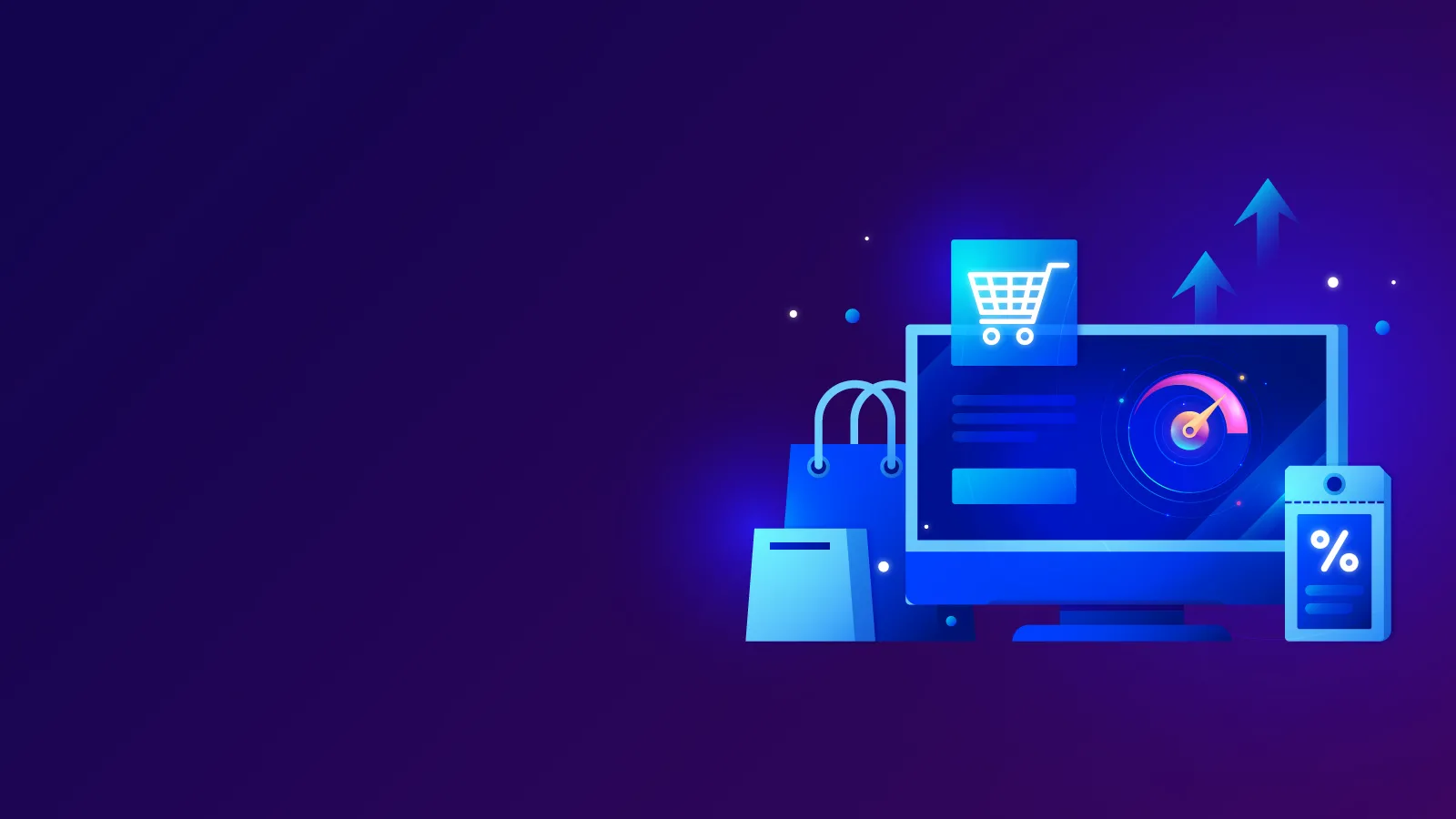In the dynamic realm of e-commerce, where every second counts, website loading speed stands as a pivotal factor in determining user satisfaction, conversion rates, and ultimately, business success. A slow-loading e-commerce platform can lead to impatient visitors, abandoned carts, and a tarnished brand reputation. On the other hand, a fast-loading website provides a seamless and enjoyable user experience, fostering customer loyalty and driving sales.
The Impact of Loading Speed on E-commerce Success
The loading speed of an e-commerce website has a profound impact on user behavior and business outcomes. Studies have shown that even a one-second delay in page load time can result in a 7% reduction in conversions and a 11% decrease in page views. In a competitive online marketplace, where users have an abundance of choices, even a slight delay can make a significant difference in customer acquisition and retention.
Strategies for Enhancing E-commerce Website Loading Speed

Fortunately, there are numerous strategies that e-commerce website owners can implement to optimize loading speed and deliver a superior user experience:
- Code Optimization: Review and optimize the website's code to eliminate unnecessary code blocks, reduce memory consumption, and improve overall efficiency. Prioritize using native code or well-optimized frameworks that are tailored for e-commerce platforms.
- Image Optimization: Images are often the largest files on an e-commerce website, and they can significantly impact loading speed. Optimize images by reducing their file size without compromising quality. Use appropriate image formats, such as JPEG for photos and PNG for graphics, and compress images to the lowest possible size without compromising visual clarity.
- Resource Caching: Implement resource caching to store frequently accessed data, such as product images, CSS, and JavaScript files, on the user's device. This reduces the need to download these resources each time the user visits a product page or navigates through the website, leading to faster loading times.
- Network Optimization: Optimize network requests to minimize the number of HTTP calls and reduce the amount of data transferred. Combine multiple requests into fewer requests, utilize compression techniques, and leverage asynchronous loading to improve network performance.
- Content Delivery Network (CDN) Integration: Utilize a CDN to distribute the website's content across a global network of servers. This ensures that users worldwide can access the website with minimal latency, regardless of their geographic location.
- Third-party SDK Integration: Carefully evaluate third-party SDKs to ensure they are optimized for performance and do not introduce unnecessary overhead. Minimize the number of SDKs integrated into the website to reduce the impact on loading speed.
- Regular Testing and Monitoring: Regularly test the website's loading speed using tools like Google PageSpeed Insights or GTmetrix. These tools can identify areas for improvement and help track progress over time.
Conclusion
Website loading speed is not just a technical issue; it's a crucial element of the user experience that can make or break an e-commerce platform's success. By implementing the optimization strategies outlined above, e-commerce website owners can significantly improve loading speed, leading to a more positive user experience, increased engagement, and potentially higher conversion rates. Remember, a fast-loading e-commerce website is not just a luxury; it's an essential ingredient for success in today's competitive online marketplace.
Supercharge your e-commerce platform. Connect with us for personalized advice on optimizing loading speed and driving higher conversions.
Revitalize Your Business: Turbocharge Your E-Commerce Speed





